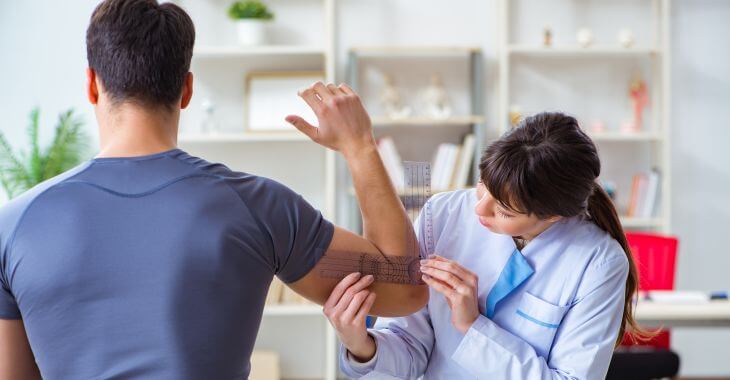Spondylosis
Spine degeneration happens to just about everyone as they age. However, some people are more negatively affected by Spondylosis than others and require intervention to achieve a quality of life that they can live with. Everyone will have age-related wear and tear that affects the spinal disks in the neck. As bodies age, they dehydrate and shrink which can cause bone spurs and osteoarthritis to develop. While most people do not experience severe symptoms of regular wear and tear on the spine, for those who do the pain and discomfort can greatly inhibit their lifestyles.
When people are affected by spondylosis they typically have pain and stiffness in the neck. When the space in the spine that was there during youth shrinks, the spinal cord and nerve roots that passed through the opening becomes pinched and damaged. Symptoms of spinal cord or nerve roots being pinched are tingling, numbness, and weakness in the extremities; lack of coordination; trouble walking; upper back and neck pain.
There is no way to prevent spondylosis as everyone ages and bodies do, too. Changes in the body affect people in different ways. Many people will die never knowing that they had spondylosis, while some will suffer from debilitating symptoms. There are different spondylosis treatment options available that are geared toward the severity of symptoms. Muscle relaxants, anti-seizure drugs, narcotics, steroid injections, physical therapy, and surgery are all used to relieve the pain associated with spondylosis. Your doctor will be able to diagnose your level of spondylosis and best treatment options.
Posted on behalf of Ortho Sport and Spine
The information provided on this website, including text, graphics, images, and other materials, is intended solely for informational purposes and should not be used as a substitute for professional medical advice, diagnosis, or treatment.


)